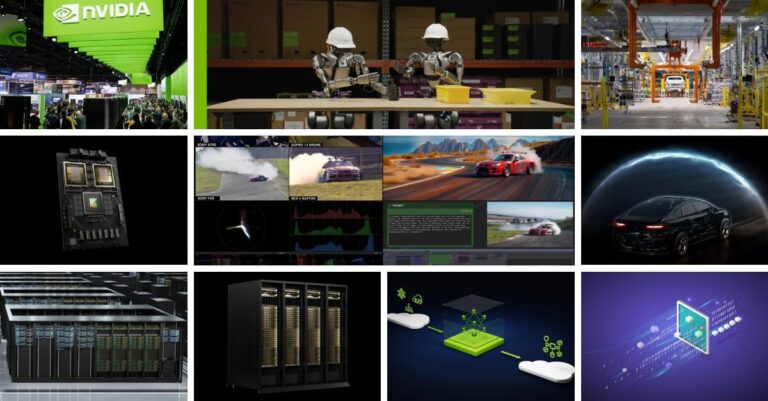Nvidia GTC 2025: The Future of AI-Powered Computing Begins
The Nvidia GTC 2025 conference marked a significant milestone in AI development, introducing advancements in AI computing, robotics, autonomous systems, and enterprise AI infrastructure. CEO Jensen Huang unveiled new AI chips, AI Factories, agentic AI, and humanoid robotics, reinforcing Nvidia’s leadership in accelerated computing. The event showcased Nvidia Blackwell Ultra AI chips, Vera Rubin architecture, Isaac Groot N1, DGX Cloud Benchmarking, and new AI-powered solutions for enterprises and startups. As AI continues to evolve, these innovations are set to transform industries from healthcare and finance to automotive and media.
GTC 2025 was not just about unveiling new technology—it was also about the people and ideas pushing AI forward. Throughout the event, technical demonstrations, keynote discussions, and live product launches highlighted how AI is creating new opportunities across industries. From the keynote to hands-on tech showcases, attendees experienced firsthand the real-world applications of AI. This included Nvidia’s commitment to improving AI workload optimization, startup support, and AI-enabled creativity.
This article takes a deep dive into the key announcements from GTC 2025 and their impact on AI-driven industries.
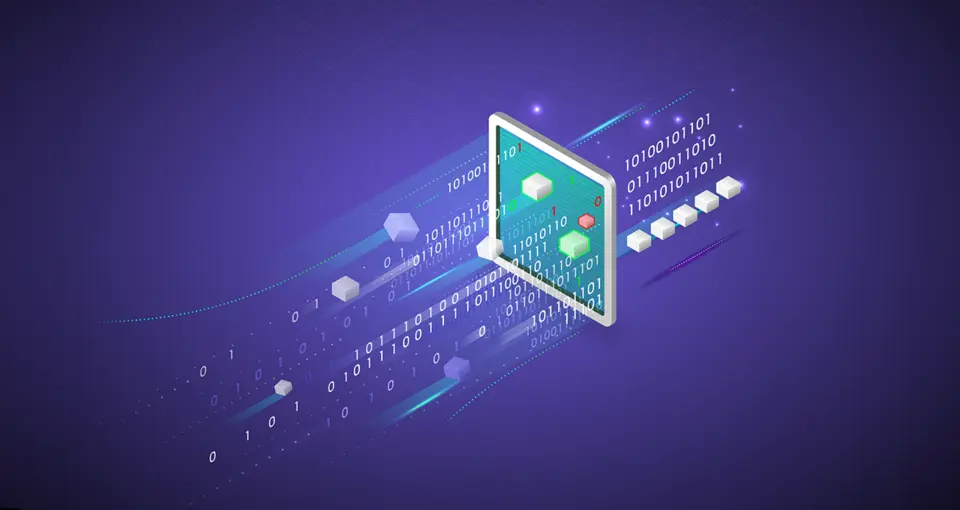
The Power of AI Tokens: The Foundation of AI Intelligence
AI intelligence is fundamentally built on tokens, the essential data units that allow AI models to understand, learn, and generate responses. Nvidia has redefined AI computation by focusing on token-based AI generation, driving advancements in multiple domains:
- Scientific Research: AI-generated tokens help scientists analyze astronomical data and model planetary atmospheres.
- Healthcare: AI models leverage tokens to predict diseases before symptoms appear, transforming early diagnosis.
- Engineering & Physics: AI deciphers the laws of physics to enhance aerospace, automotive, and structural engineering simulations.
- Sustainable Agriculture: AI-generated insights enable smart harvesting, optimized crop yields, and resource-efficient farming.
- Robotics & Assistance: AI-powered tokens improve robotic intelligence, allowing humanoid robots to interact seamlessly with humans.
By leveraging AI Factories and Blackwell Ultra chips, Nvidia is accelerating token processing to enhance AI-driven decision-making across industries.
Generative AI & Nvidia Blackwell: The Next Computing Revolution
Generative AI is no longer just a futuristic concept—it is now a core pillar of AI-driven innovation, enabling machines to create content, solve complex problems, and simulate real-world scenarios with human-like intelligence. Traditional AI models were retrieval-based, relying on pre-stored data, but Generative AI takes this further by enabling models to generate entirely new information in real-time.
At GTC 2025, Nvidia showcased how Generative AI is shaping the future of content creation, healthcare, scientific discovery, and enterprise application. Powered by Blackwell Ultra GPUs and AI Factories, Generative AI is becoming more:
- Scalable – Capable of training on massive datasets and adapting to new contexts autonomously.
- Efficient – Optimized for real-time content generation with lower computational costs.
- Intelligent – More nuanced and capable of performing multi-step reasoning and decision-making.
The latest advancements in AI model architectures, fine-tuned LLMs (Large Language Models), and agentic AI are expanding the potential of generative AI across industries.
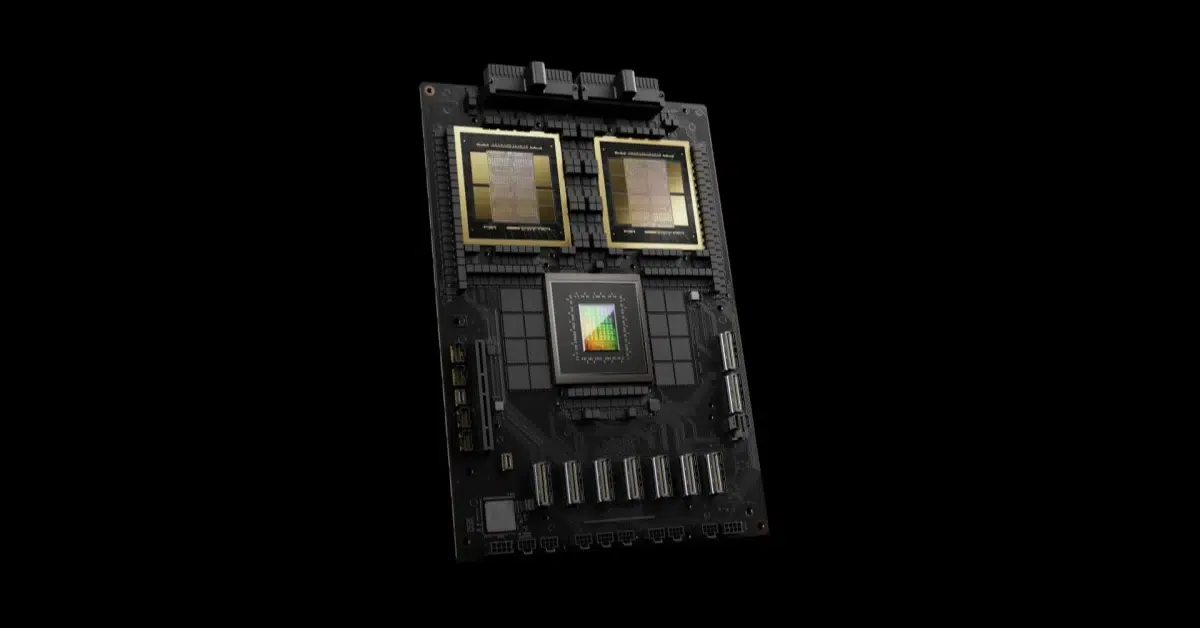
Key Applications of Generative AI
- Text-to-Image & Image-to-Text: AI tools generate high-quality images and descriptions, revolutionizing content creation.
- Text-to-Video: AI models produce realistic videos from text prompts, transforming filmmaking and media production.
- AI-Powered Drug Discovery: Generative AI predicts amino acid structures, accelerating biotechnology and pharmaceutical research.
- Conversational AI: Advanced chatbots use AI reasoning to provide more intelligent and context-aware responses.
With Blackwell Ultra and Nvidia DGX Cloud Benchmarking, generative AI is becoming more efficient, scalable, and powerful.
Blackwell Ultra & Vera Rubin: Nvidia’s Most Powerful AI Chips Yet
AI workloads are becoming increasingly demanding, requiring higher computational power, faster memory access, and more efficient energy consumption. To meet this challenge, Nvidia unveiled its most powerful AI chips to date—Blackwell Ultra and Vera Rubin. These chips are designed to revolutionize AI model training, inference, and large-scale AI applications.
The Blackwell Ultra GPU architecture offers a 40x performance boost, allowing AI models to be trained faster and deployed more efficiently. Meanwhile, the Vera Rubin architecture, named after the pioneering astronomer, is designed for extreme-scale AI acceleration, supporting models that require deep reasoning, multi-modal AI processing, and high-dimensional simulations.
At GTC 2025, Nvidia highlighted how these chips will power AI Factories, enterprise AI workloads, and next-generation supercomputing. With Blackwell Ultra and Vera Rubin, AI-driven applications will become more real-time, scalable, and accessible than ever before.
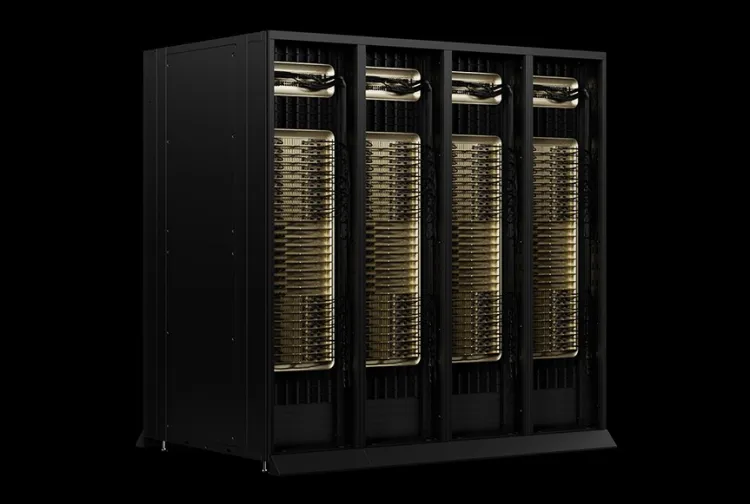
Blackwell Ultra AI Chips: Powering the Future of AI
The Blackwell Ultra AI chips are Nvidia’s latest innovation, designed to maximize AI performance and efficiency:
- 40x performance improvement over the Hopper architecture.
- Optimized for AI data centers, deep learning, and machine learning workloads.
- NVLink 5 for ultra-fast AI data transfer and seamless multi-GPU connectivity.
- 30% smaller form factor and 30% better energy efficiency than previous architectures.
- 100x more AI computing power, making real-time inference and training more efficient.
Vera Rubin: Extreme-Scale AI Acceleration
Beyond Blackwell, Nvidia introduced the Vera Rubin architecture, set to revolutionize high-performance AI computing:
- Launching in late 2026, with Vera Rubin Ultra arriving in 2027.
- Supports up to 576 GPUs, enabling complex AI reasoning and deep-learning tasks.
- Designed for next-generation AI models requiring extreme-scale computation.
These innovations are set to fuel AI Factories and enterprise AI applications worldwide.
AI Factories: Transforming Cloud Computing & AI Workloads
The demand for AI infrastructure is growing exponentially as enterprises, researchers, and developers look for ways to train, deploy, and scale AI models efficiently. Nvidia is addressing this need with its AI Factory model, which moves beyond traditional cloud computing to create a new paradigm for AI-driven intelligence processing.
Unlike conventional data centers, which are designed primarily for data storage and retrieval, AI Factories actively generate intelligence—processing trillions of AI tokens, optimizing workloads, and accelerating AI-driven applications across industries.
By integrating Blackwell Ultra GPUs, next-gen networking, and software-optimized AI processing, AI Factories will:
- Reduce AI training costs by improving energy efficiency.
- Enable real-time AI decision-making across multiple industries.
- Support large-scale AI workloads, from Generative AI models to real-time simulations.
Nvidia’s Dynamo AI operating system ensures seamless orchestration of AI workloads within AI Factories, making them the new standard for AI-driven cloud computing.
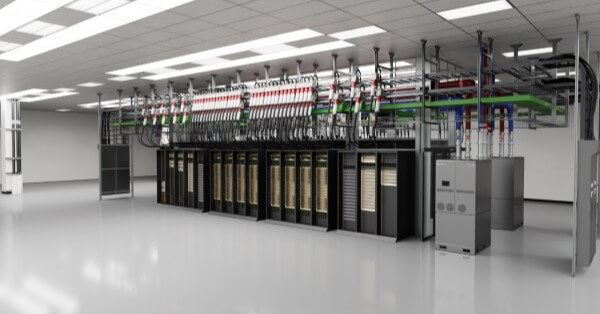
What Are AI Factories?
Traditional data centers store and process data, but AI Factories are designed to generate intelligence. These next-gen AI hubs will:
- Process trillions of AI tokens per second, making AI faster and smarter.
- Power autonomous systems, financial AI, robotics, and AI-driven security.
- Reduce AI training costs while optimizing energy efficiency.
- Enable enterprises to build AI-driven products faster and at scale.
Nvidia Dynamo: The AI Operating System for AI Factories
To power AI Factories, Nvidia introduced Dynamo, an open-source AI operating system that:
- Optimizes AI model training and inference using Blackwell Ultra GPUs.
- Delivers 25x efficiency gains, cutting AI deployment costs.
- Integrates with Nvidia NeMo microservices, enhancing enterprise AI adoption.
AI Factories will replace traditional cloud computing models, making AI cheaper, faster, and more scalable.
Agentic AI: The Rise of Smarter, Context-Aware AI
The next stage in AI evolution is Agentic AI—a model capable of autonomous reasoning, contextual awareness, and decision-making in dynamic environments. Unlike traditional AI, which relies on pre-defined training data, Agentic AI learns and adapts on the fly, making it more intelligent and capable of solving complex, real-world problems.
At GTC 2025, Nvidia showcased how Agentic AI will transform industries such as finance, robotics, healthcare, and enterprise automation. These AI systems can:
- Perceive and interpret context dynamically, reducing dependence on pre-stored data.
- Make real-time decisions in autonomous vehicles, humanoid robots, and smart infrastructure.
- Enhance AI assistants and enterprise AI tools, making them more interactive and intuitive.
With Blackwell Ultra and Vera Rubin, Agentic AI will become more efficient, adaptable, and autonomous than ever before.
Humanoid Robotics & Nvidia Groot N1: The Next Leap in AI Assistance
The field of robotics and AI-driven automation is advancing rapidly, with humanoid robots becoming more adaptable, intelligent, and capable of real-world interactions. Nvidia is pushing the boundaries of physical AI by introducing next-generation robotics models that blend AI reasoning, dexterity, and autonomous learning.
At GTC 2025, Nvidia unveiled Isaac Groot N1, a groundbreaking humanoid robotics foundation model designed to accelerate robotic learning, movement efficiency, and real-world applications. By leveraging AI-powered simulations, reinforcement learning, and Omniverse-based digital twins, Nvidia aims to make humanoid robots more context-aware and human-like in their interactions.
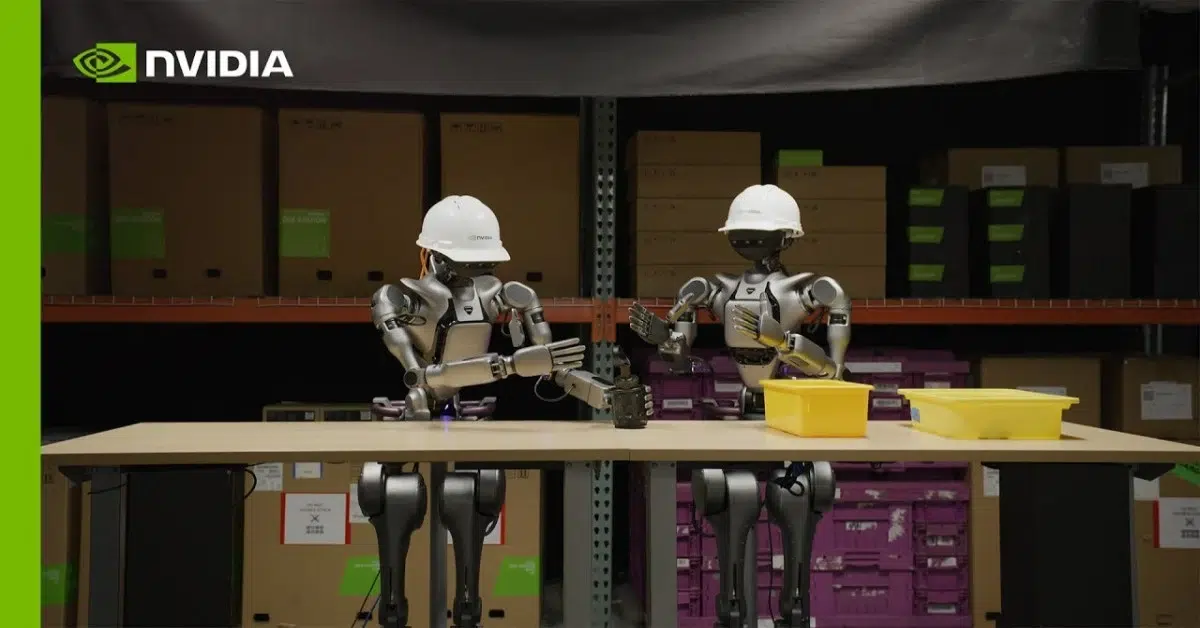
Isaac Groot N1: A Humanoid Robotics Foundation
Nvidia introduced Isaac Groot N1, an AI-powered humanoid robotics foundation model:
- Uses small datasets to create large AI training models, improving learning efficiency.
- Enables robots to mimic human movements and interact seamlessly.
- Omniverse integration for simulated robotics training.
Newton: A Breakthrough Physics Engine
Developed in collaboration with Google DeepMind and Disney Research, Newton enhances AI-powered robotics by:
- Simulating real-world physics, friction, and object permanence.
- Enabling gesture recognition and adaptive AI for humanoid robots.
Autonomous Vehicles: Nvidia’s AI-Powered Driving Innovations
The autonomous vehicle (AV) industry is undergoing a major transformation, driven by AI-powered perception, real-time decision-making, and vehicle-to-vehicle (V2V) communication. At GTC 2025, Nvidia introduced new AI frameworks and safety models designed to make self-driving cars smarter, safer, and more efficient on the road.
A key focus of this year’s event was AI-driven vehicle simulation, allowing automakers and AI researchers to test autonomous driving models in hyper-realistic virtual environments before deploying them on real-world roads. By integrating digital twins, sensor fusion, and edge AI, Nvidia is enabling AVs to navigate complex urban environments, handle unpredictable road conditions, and improve traffic efficiency.

Nvidia Halos: AI-Powered Safety for Autonomous Vehicles
Nvidia unveiled Halos, an AI-driven safety system for self-driving cars:
- Omniverse-powered simulation testing for autonomous driving.
- AI-based safety guardrails, improving vehicle decision-making.
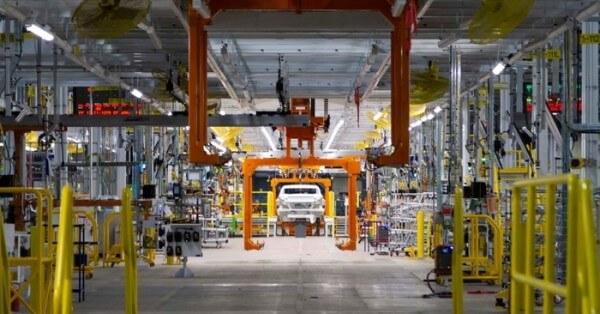
GM & Nvidia: AI-Driven Automotive Advancements
Nvidia announced a strategic partnership with General Motors (GM) to:
- Enhance self-driving AI, navigation, and real-time vehicle processing.
- Develop AI-powered safety solutions for next-gen autonomous vehicles.
With AI-powered safety frameworks, Nvidia is driving the future of intelligent transportation.
AI for Media & Entertainment: Nvidia RTX PRO Blackwell GPUs
The media and entertainment industry is undergoing a massive transformation with AI-powered video processing, real-time visual effects (VFX), and AI-driven content personalization. Nvidia’s RTX PRO Blackwell GPUs are designed to accelerate creativity and production workflows across gaming, animation, and live broadcasting.
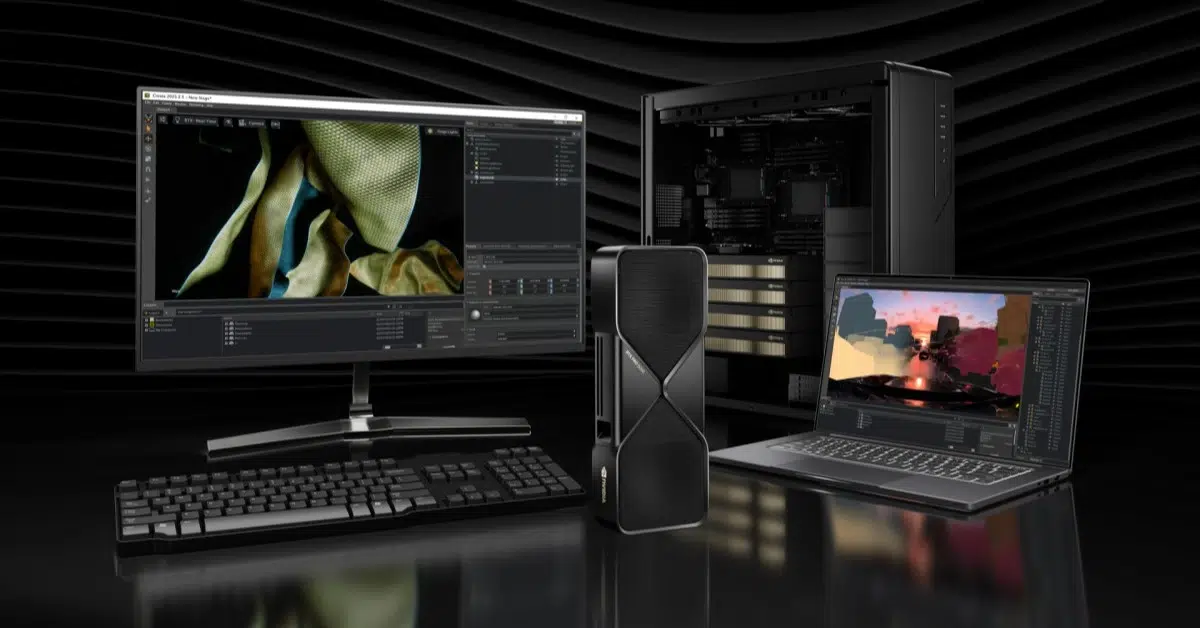
Key Features of RTX PRO Blackwell GPUs:
- AI-enhanced video processing, enabling real-time 4K and 8K rendering.
- Neural rendering technology, improving film production, VFX, and 3D animation.
- AI-powered personalization, optimizing content recommendations and real-time audience analytics.
How Hollywood Studios Are Using RTX PRO Blackwell:
- Pixar has integrated RTX PRO Blackwell GPUs into its next-generation RenderMan XPU, achieving real-time rendering for complex scenes.
- Lucasfilm’s ILM StageCraft uses RTX Blackwell GPUs to enable photo-realistic, real-time environments for virtual film production.
- Streaming platforms leverage AI-driven video optimization for ultra-fast content delivery and hyper-personalized viewing experiences.
By combining AI-powered media processing with cutting-edge GPU technology, Nvidia is setting a new industry standard for AI in entertainment.
AI Data Centers & Photonics: Faster, Smarter AI Computing
AI models require high-speed, low-latency networking to process massive workloads efficiently. Traditional copper-based data center networking is no longer sufficient for modern AI applications. To address this, Nvidia is leading a breakthrough in photonic networking technology—enabling AI Factories to connect millions of GPUs at unprecedented speeds.
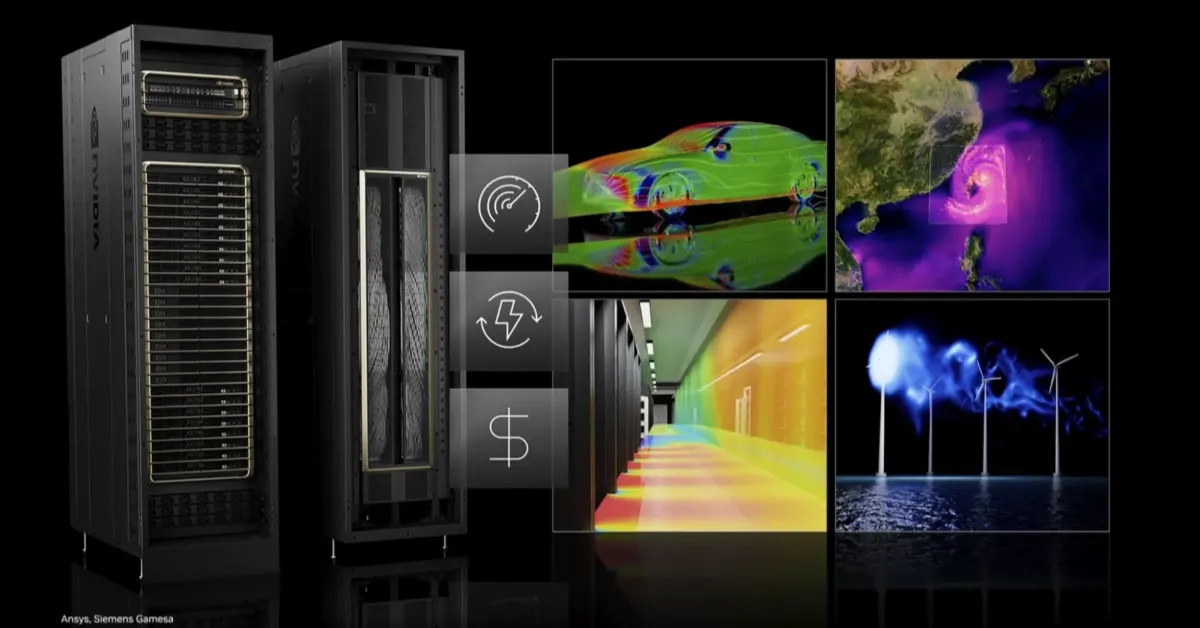
Key Features of Nvidia’s Photonic AI Data Centers:
- 3.5x improvement in bandwidth efficiency, ensuring AI workloads process data faster.
- 1.6 Tbps per port using Silicon Photonics Ethernet switches, eliminating bottlenecks in AI training and inference.
- Reduced energy consumption—photonics technology lowers power usage while increasing network resilience.
- Enhanced AI scalability, allowing AI Factories to support multi-modal AI applications, generative models, and real-time simulations.
With AI-driven networking and storage solutions, Nvidia is setting new performance benchmarks for AI data centers and cloud computing infrastructure.
DGX Cloud Benchmarking: Optimizing AI Workloads for Enterprises
As AI adoption continues to grow, businesses face the challenge of optimizing AI workloads, managing computational resources, and ensuring cost efficiency. Traditional AI infrastructure often struggles with scaling, leading to bottlenecks in training and inference performance. To help enterprises make data-driven decisions about their AI investments, Nvidia has introduced DGX Cloud Benchmarking—a suite of tools designed to analyze, optimize, and maximize AI workload efficiency.
This benchmarking platform provides organizations with real-time performance insights, industry-standard AI workload benchmarks, and hands-on guidance from Nvidia AI experts. By leveraging DGX Cloud Benchmarking, companies can fine-tune their hardware and software configurations to achieve better AI performance while reducing operational costs.
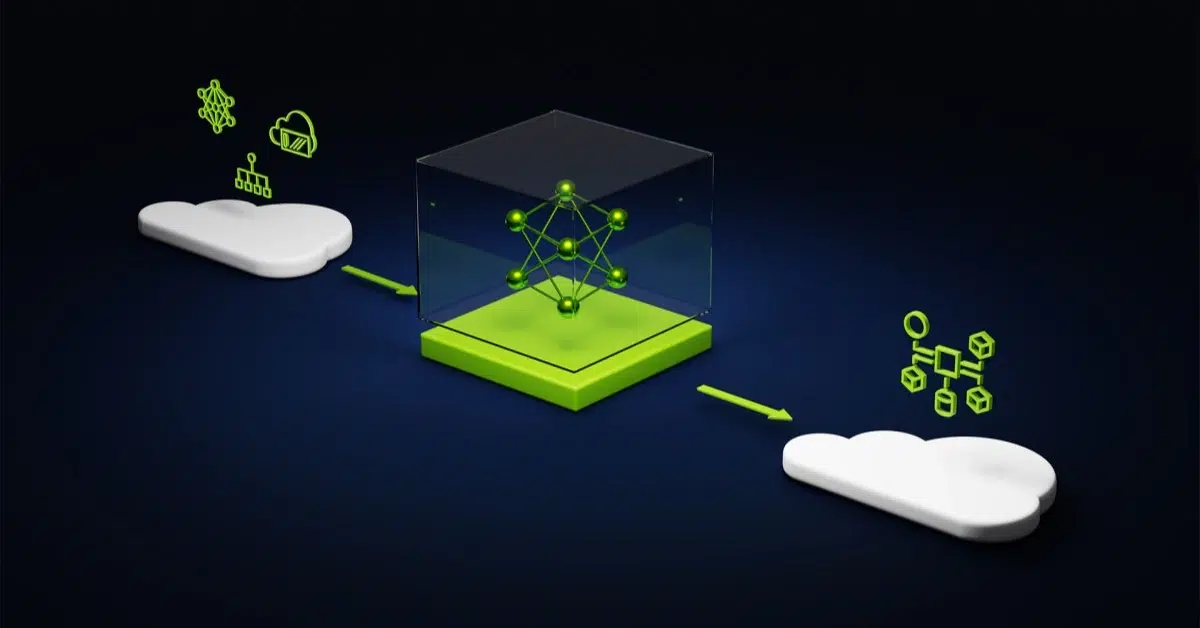
What Is DGX Cloud Benchmarking?
AI performance optimization is critical for enterprises. Nvidia launched DGX Cloud Benchmarking to help companies optimize AI infrastructure.
Key Features of DGX Cloud Benchmarking
- Performance Recipes: Standardized benchmarking tools for AI workload testing.
- Performance Explorer: AI workload performance data for enterprise optimization.
- Expert AI Guidance: Nvidia’s AI consultants help enterprises reduce costs and optimize AI workflows.
DGX Cloud Benchmarking ensures AI deployments are efficient, cost-effective, and scalable.
Nvidia Expands Startup & AI Developer Support
Startups and AI developers play a crucial role in shaping the future of AI-driven industries, but many face significant challenges in accessing the computational power and expertise needed to build and scale AI applications. Recognizing this, Nvidia has expanded its AI startup support initiatives, providing companies with cloud computing resources, AI training, and industry partnerships.
By collaborating with cloud service providers, independent software vendors (ISVs), and AI ecosystem partners, Nvidia is creating a thriving AI development ecosystem where startups can accelerate innovation, reduce infrastructure costs, and bring AI-powered solutions to market faster. The latest expansion of the Nvidia Inception program aims to empower AI startups with the resources they need to succeed in an increasingly competitive landscape.
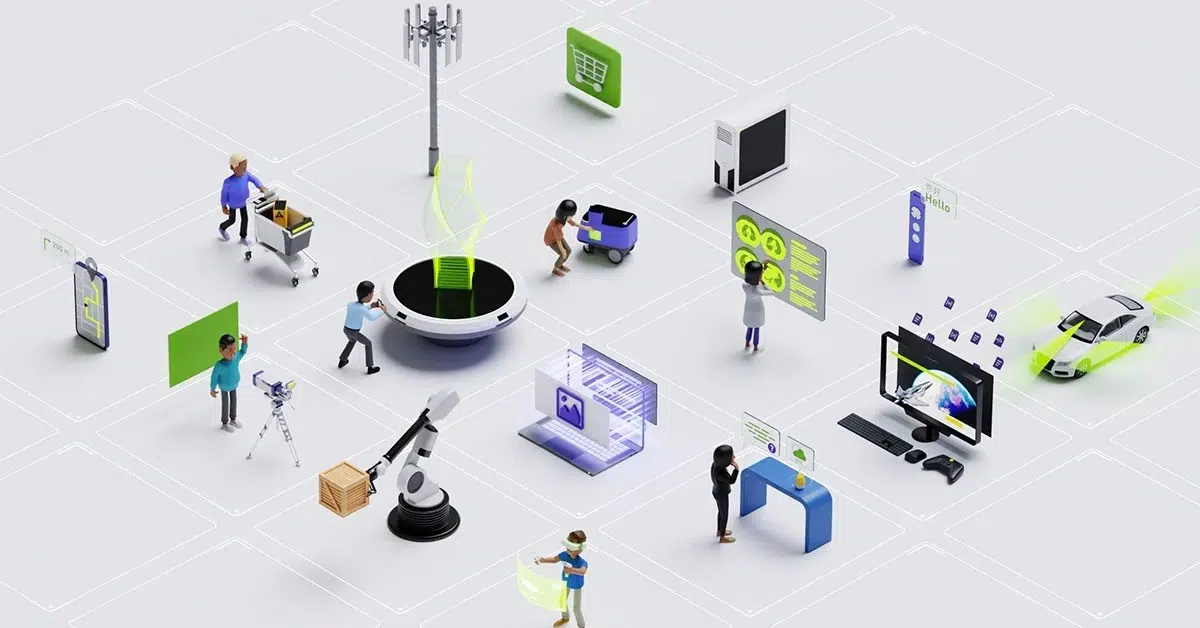
$100,000 Cloud Credits for Startups
Nvidia announced an expansion of its Nvidia Inception program, offering:
- Up to $100,000 in DGX Cloud credits for AI startups.
- Technical training, expert consultations, and AI infrastructure support.
- Access to Nvidia’s AI ecosystem, cloud computing resources, and AI toolkits.
New AI Developer Tools & AI Training Resources
Startups and AI developers now have access to:
- AI21, Lightning AI, DeepChecks, Weights & Biases, and Nvidia AI toolkits.
- Cloud computing support from partners like Scaleway, Nebius, and Lambda.
- Enterprise-grade AI development resources, helping businesses scale AI adoption.
By supporting AI startups, Nvidia is fueling innovation across AI-powered industries.
Nvidia GTC 2025: Leading the AI Revolution with Next-Gen Innovation
GTC 2025 showcased Nvidia’s leadership in AI hardware, computing, robotics, and autonomous systems. With Blackwell Ultra, AI Factories, agentic AI, and robotics advancements, Nvidia is shaping the next era of AI-driven industries.
The future of AI is not just about computing—it’s about creating intelligence that transforms the world. The AI revolution has begun. Are you ready?


